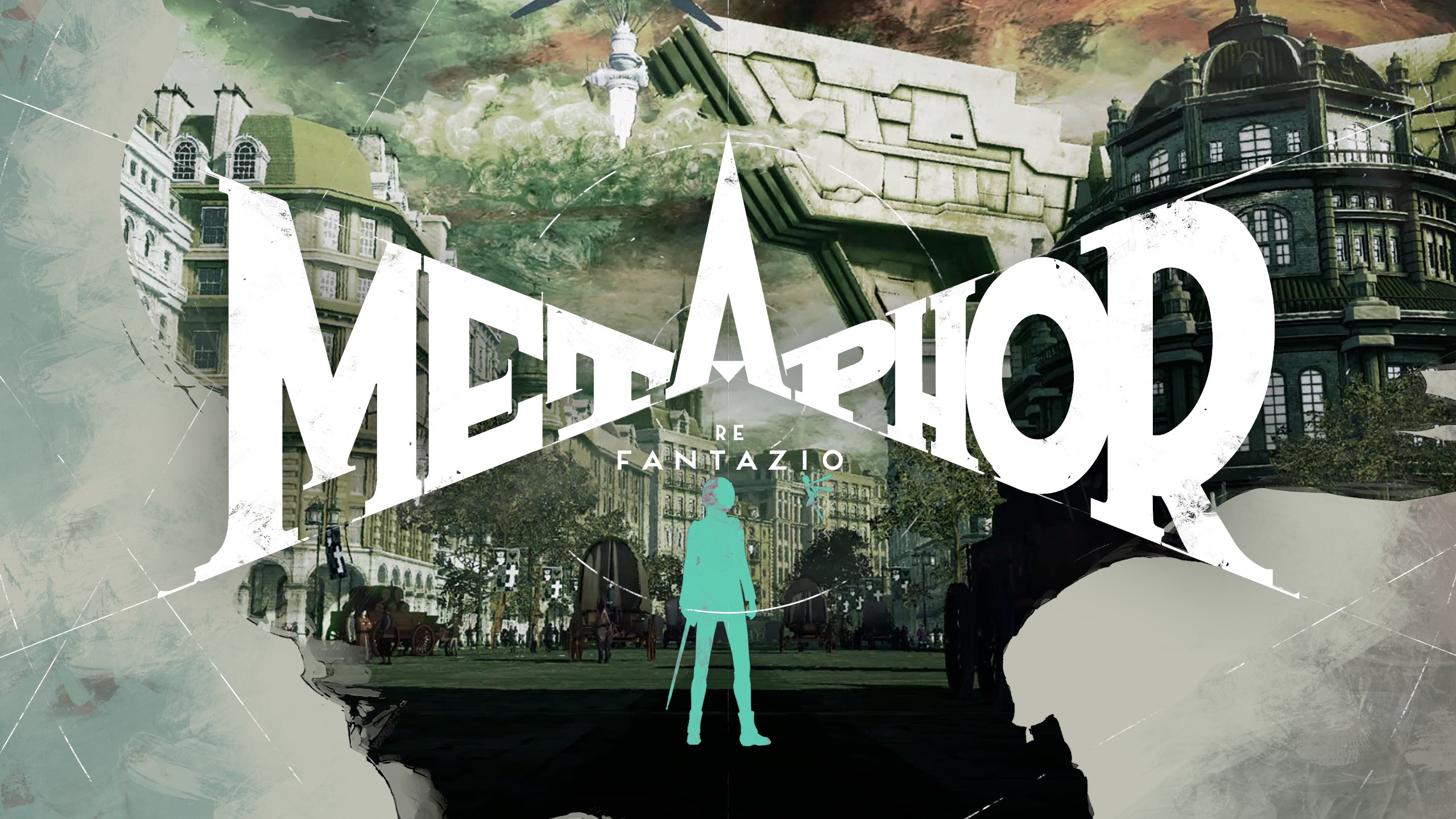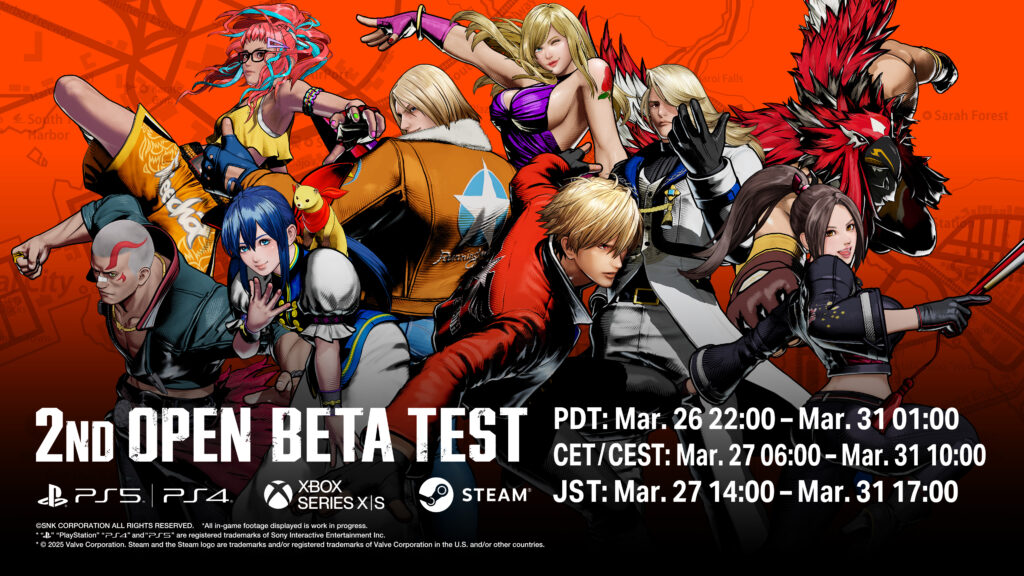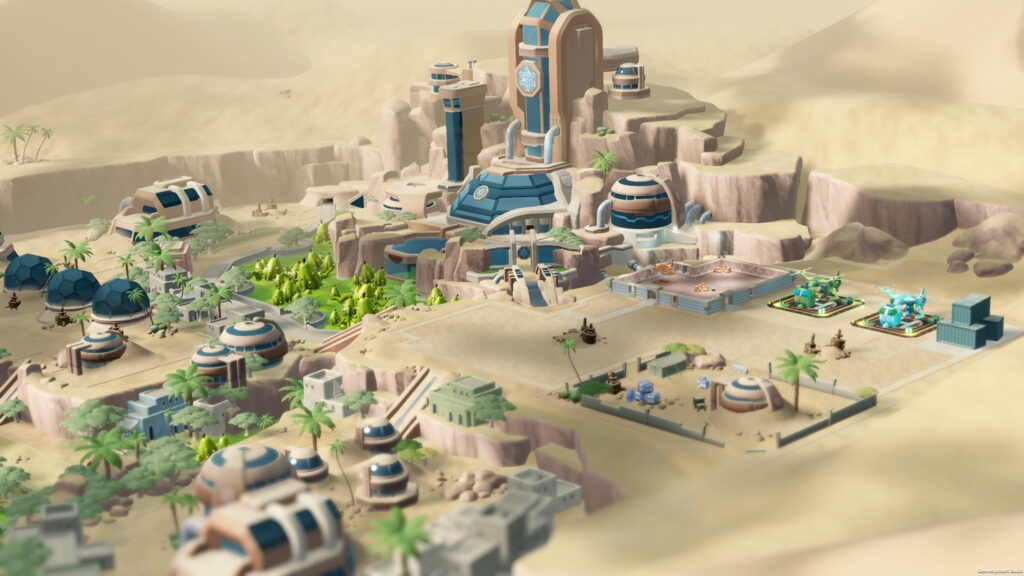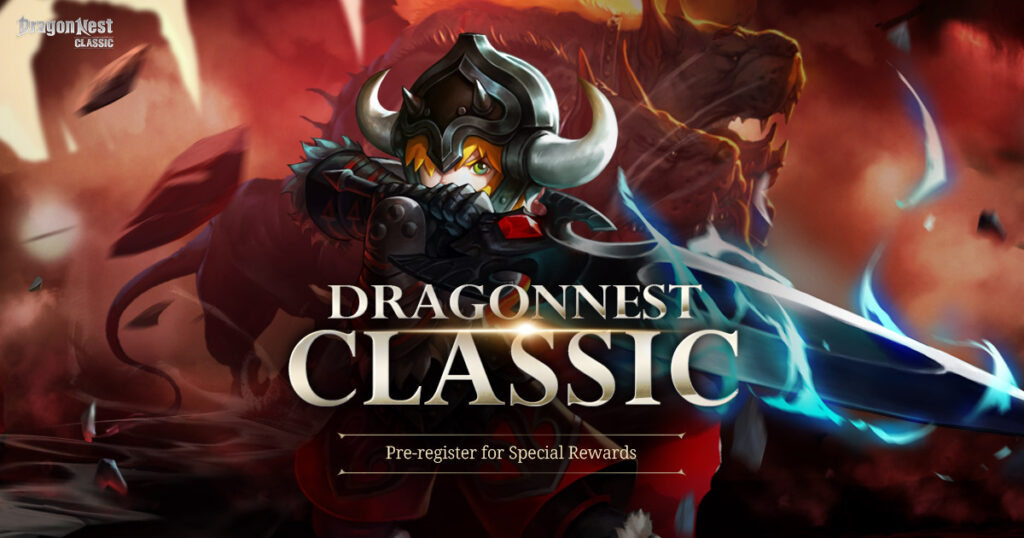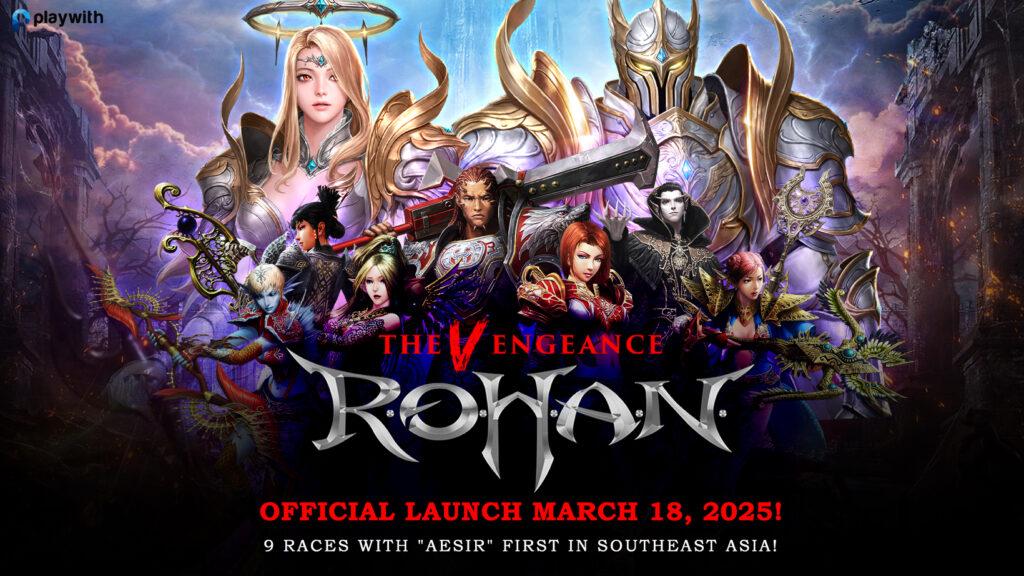The most unique, yet definitive Persona experience!
At the first announcement of Metaphor ReFantazio, I just knew I had to get the game. The first trailer was enough for me to know that this is going to be a banger game. What’s more is that it’s from ATLUS, a developer that I’m heavily invested in and fan of. Upon playing it, all I can say is, “What an experience that is.”
This is JJ-kun for EXOSIA Project bringing you my review of Metaphor ReFantazio.
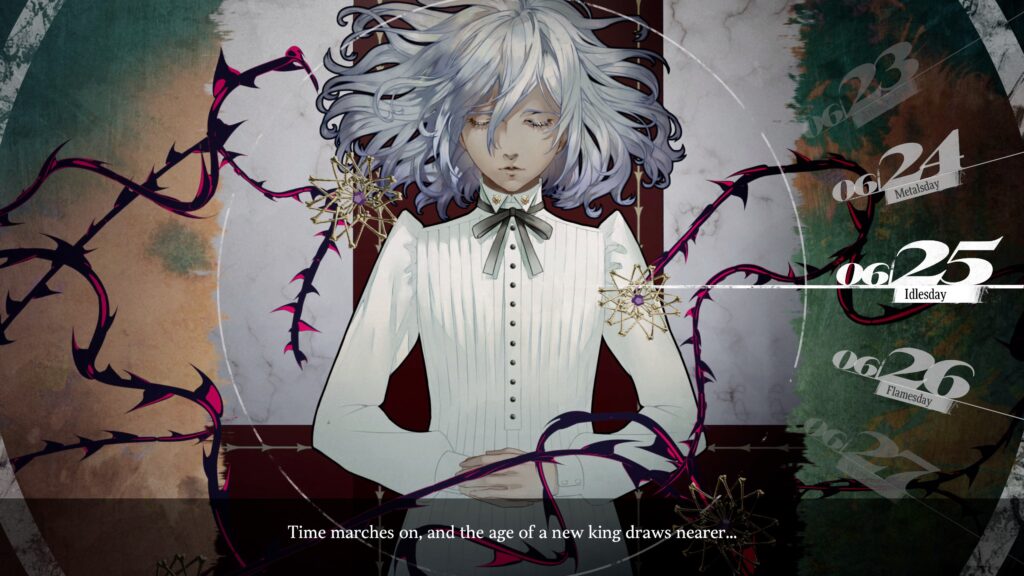
[Introduction of the game]
Metaphor: ReFantazio, developed by Studio Zero, an internal development studio of ATLUS, is a Japanese Role Playing Game made for modern consoles and PC. This also marks the first game ever to be developed by Studio Zero since their previous project is just the “definitive” version of Catherine. Being from ATLUS and a JRPG at that, it was bound to have similarities to ATLUS’ previous games but what I was surprised about is how they executed the game.
Establishing a new IP is not a joke and is a huge risk especially when you have already established IPs which you can milk but what I can say is that this risk of an IP is a huge success and might be a start of a Metaphor series—maybe, who knows?
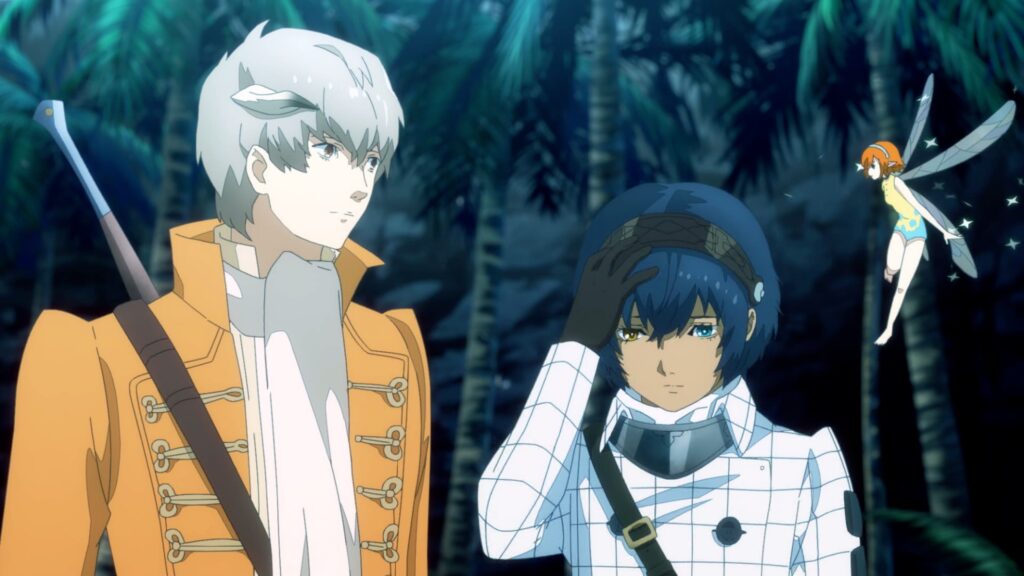
[Story]
Starting the game, you are welcomed by an anime cutscene opening which lays down the foundation of what we’re walking into; the king was killed by Louis—a prodigal tactician and army officer—and the prince is missing. Soonthereafter, it was revealed that the prince is under a curse and is being hidden from the public. Because of that, it’s anyone’s gambit to take the throne and it’s your mission to save the prince from the curse and ensure he becomes the rightful king. To start, your job is to infiltrate the kingdom army, meet up with another spy and execute Louis. The late king, through his Royal Magic, announced that the next king has to be someone that the people accept, similar to democracy. Unfortunately, Louis is a very known candidate and is not executable due to the Royal Magic preventing frontrunners from being executed. It’s up to you now to find a way to execute Louis and save the prince from the curse with one way coming to mind; becoming a candidate yourself.
The game wasted no time in setting up its foundation, allowing you to fully enjoy the gameplay segments. It’s amazing how a 2-minute anime cutscene and a few dialogues upon starting the game can really immerse you through the world of Metaphor: ReFantazio. Everything is outlined and all you have to do is follow it, but not in a way that it holds your hands.
The pacing of the story is also just amazing. In my experience playing other ATLUS titles, pacing is one of my biggest problems given how the flow of the story is always interrupted by the gameplay. It was only until Persona 5 that ATLUS was able to manage it, at least for me. That said, Metaphor: ReFantazio follows suit to Persona 5 in terms of pacing and improves on it, so if you think the latter is great, man the former is even better.
We also have to talk about the characters—they are all goofy in a good way. While I’ve related and gotten attached to different characters of different games I’ve played before, I can confidently say that this is the first time that I got attached to every cast member of this game. It’s amazing how well each character was written which makes them all the more relatable. Moreover, every character has their background, reasons, and motivations and the game does not cut corners when introducing these. It is especially important that they handle this aspect well due to the sheer amount of characters. It’s not even just the protagonist and the gang, but your Social Links (called Followers in this game) along with the antagonists are all well-written as well. Personally, there are some times when the script gets boring for Persona games but Metaphor: ReFantazio left no crumbs at all, even for supporting characters.
Finally, the themes of the game. There’s a lot that the game is tackling; utopia, anxiety, social injustice, inequality, discrimination and racism, cult and religion, just to name a few and all of these were delicately handled in a way that it makes you realize that these things are still happening in the real world. It’s not far from fantasy, of which this game is set. Maybe that is the metaphor behind it—pun intended.
If there’s any complaint I have for the game’s story aspect, it’s that there are some times where you feel like you’re reaching the end of the game but the game will deliver you more, but then I guess that’s not really a complaint, is it?
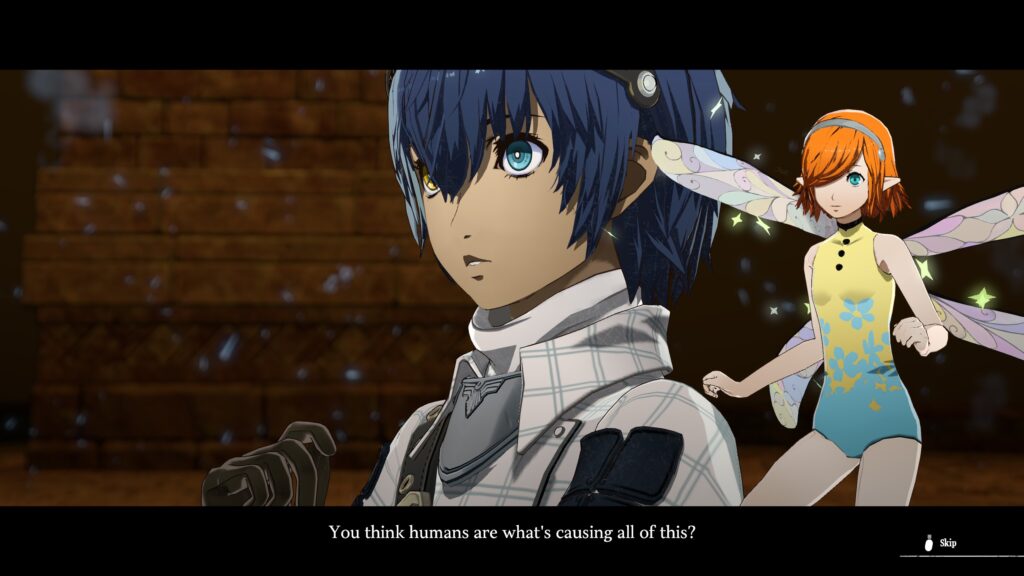
[Graphical Delivery]
As someone who plays ATLUS titles, it’s undeniable that the “ATLUS artstyle” is back. It’s using the same style as the previous titles which actually made it a tad bit difficult to separate the game from similar titles, like the Persona series. After all, it’s just Persona but in a fantasy setting, right? However, that’s mostly the similarities in terms of the graphics. The game’s medieval fantasy setting, through the game’s engine and ATLUS’ signature artstyle, looks fantastic and nothing feels out of place. It felt like it was made for it, really. It’s just beautiful, is all.
And what can I say? Starting Persona 5, ATLUS has had this very stylistic user interface that was also present in Persona 3 Reload—but this time, even better; fitting to the fantasy setting. Look, it may not be utilizing a moving 3D model of the protagonist, but the dynamic 2D menu was simply just amazing and just proved that they can make any menu look great. In terms of the overworld, field, and in-battle user interface, it might feel overwhelming if you’re only watching the game, if not the trailers, but that’s only because you are not the one actually playing. It’s a different experience altogether when you are playing it. The dynamic, expressive UI for this game is just superbly thematic. I love it very much.
May I just also say that the scenery in the game is amazing? There’s some towns and places you’ll be visiting but not “access” and only see as a key visual, much like visual novel games, but god are they beautifully drawn.
I only have 2 minor peeves for this game; (1) dungeons reusing assets and (2) some CGI cutscenes felt like a downgrade from Persona 3 Reload. There’s only a few unique dungeons in the game but the redeeming factor for this is that these dungeons use different map layouts and puzzles totally unique from each other which makes it all the more exciting to explore. For the CGI cutscenes, it was a hit or miss. There are some CGI cutscenes that feel so great, like the Archetype awakenings, but others not so much; it felt too raw for my tastes. At least the anime cutscenes are an overall improvement!
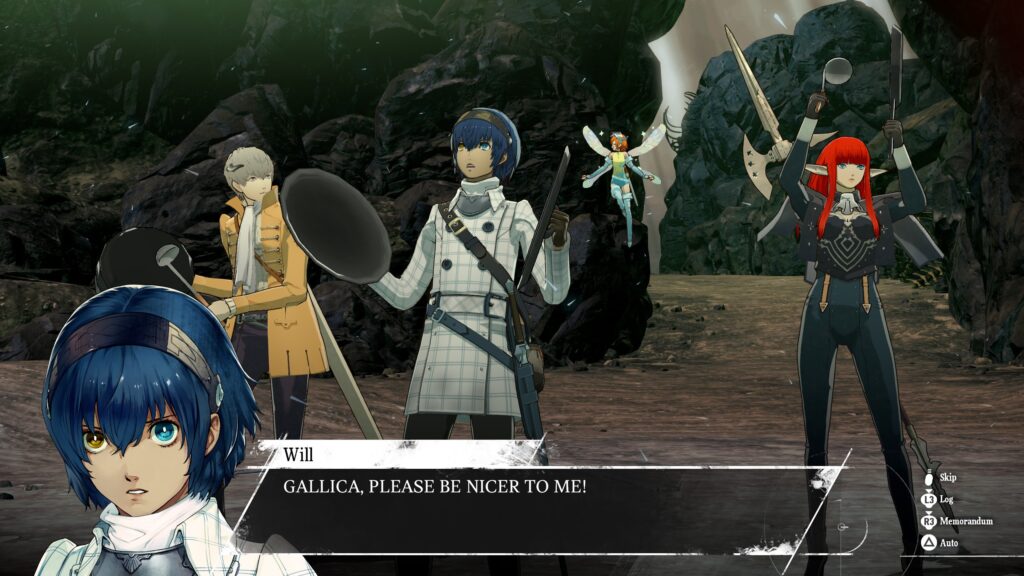
[Music]
If there’s anything super worth noting from ATLUS titles, it’s definitely always going to be the music department. It’s a totally different genre of music that fits the fantasy medieval setting of the game. The varying music with amazing execution required for the different moods and tones of the game was just perfect. Even the cities and towns’ BGMs perfectly complement each unique environment! And the best part? A church choir with a singing monk center. If you think ATLUS’ music is great, wait ‘til you hear a monk rapping before he gives you the baddest beat drop of the century. I don’t know what Shoji Meguro is intaking, but I need some of those. He never missed a single time on all his compositions. Let’s not forget that all BGM are canonically playing in the protagonist’s head through Gallica’s magic, your traveling fairy companion.
I only have 1 issue though, while the game has an almost perfect matching for the BGM, they reused the title screen music for a very crucial moment in the game. It’s just one time, but I feel like they should’ve used a totally different track for that moment.
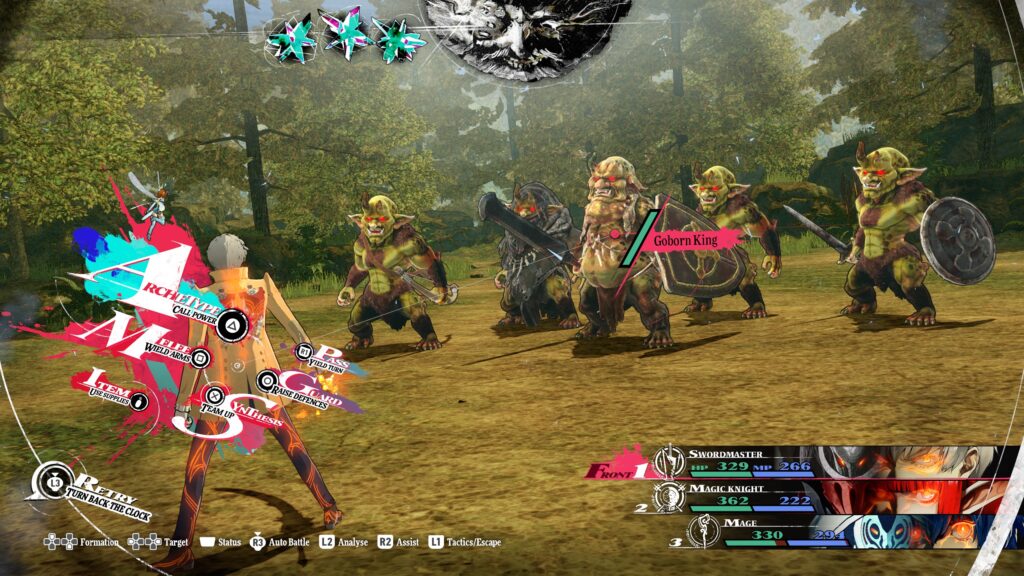
[Gameplay]
Imagine this, Shin Megami Tensei combined with Persona. It takes the best of each series, improves upon it, and makes it its own. For one, the turn-based gameplay we all love comes back for this title, following SMT’s Press Turn system all the while implementing the weather mechanics from Persona. It even went beyond and introduced a Formation System where characters may be switched from the front and back rows, increasing melee damage and decreasing defense and vice versa. It doesn’t even take a turn to switch a character from a row. Furthermore, the real-time action gameplay is returning as well but what I like about the implementation of this comes in its execution since it definitely feel like a real-time action combat, in contrast to previous ATLUS titles that you just run over opponents or hit them whatever when you’re +3 levels ahead to get the easy kill. This one does that, but makes it look fun and better to do. Oh, and the protagonist may be KO’d as well during turn-based segments which is honestly a nice change of pace—more versatility in place.
Some more features that are similar to previous ATLUS titles are the Followers, Royal Virtues, and Archetype system. The Followers system is more of a mix between Persona’s Social Links/Confidants system and Devil Survivor 2’s Fate System where the more you bond with your Followers, the more you unlock abilities and different types of Archetypes. Royal Virtues, on the other hand, is the game’s Social Stats system. The Archetype system in the game is literally the Persona system, except every character may use any Archetype, in comparison to Persona where the protagonist is the only one that may change Personas. This also determines which weapon the characters will use. The limitation for this however is that you may only switch Archetypes pre-battle, though the good thing about this is how you can inherit skills from other Archetypes.
Speaking of, I’d like to point out how much I like the time management for Metaphor ReFantazio. The game has a lot of wiggle room for the activities you can do in the game allowing you to max out both Followers and Royal Virtues with more time to spare. If you missed out on maxing those out, it’s most likely your fault. Additionally, it follows the Persona 5 system of deadlines, allowing you to do the main task as early as possible and letting you do whatever you want before the set deadline. It allows for a great pacing of playing and narrative.
Finally, the last one that I appreciate the most is the difficulty curve. I played on Hard difficulty throughout my gameplay since the hardest difficulty is locked until you finish the game and even then it was a great experience. The game makes sure that your level is within the recommended level throughout the narrative and you wouldn’t be left out of levels. If there’s anything you should grind in the game, it’s Magla so that you may be able to acquire more Archetypes and inherit skills. Money is not a problem either. On top of that, leveling up your Archetypes should not be much of an issue since you acquire Archetype EXP items throughout your journey, if not through obtaining EXP with your maxed out Archetype in use.
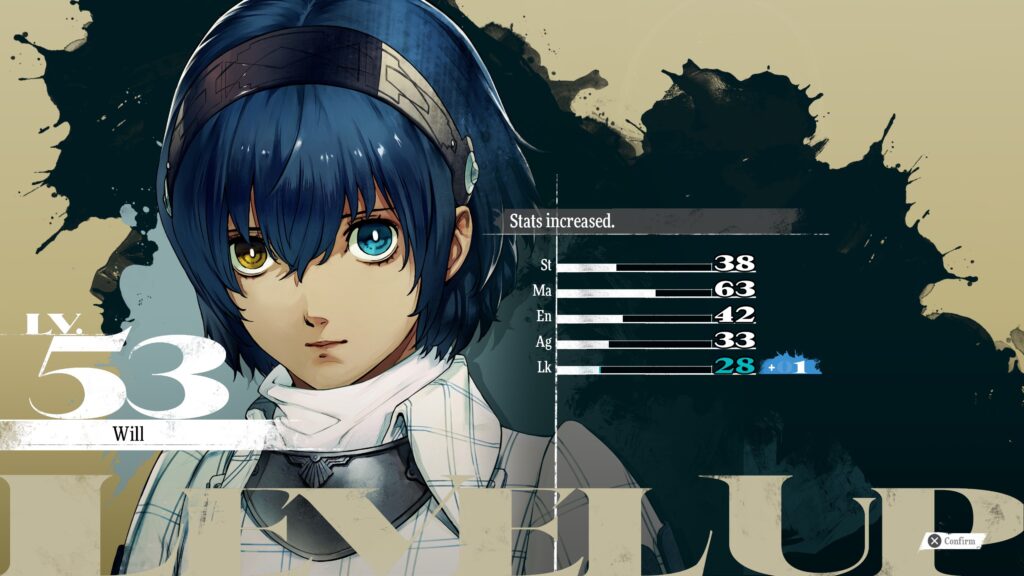
[Content Value]
Many games released nowadays are very expensive and it’s definitely one of the deciding factors whether or not to get a game. For the price of ₱2,895.00 for Steam or ₱2,650.00 for PS5 standard editions, I can say without hesitation that this game is worth every penny. It is by far the best ATLUS title I’ve played, with easy to master mechanics and effortlessly racks a minimum of 70 hours to finish the game. If there’s any game to get that’s worth its full price, it’s this game. You know how I always tell people to hold back for sales if the price is not worth it.
Better yet, if you are still not convinced, you may download the demo on your respective platform and test the game yourself. Your demo save may also be transferred to the full game!
But I digress, if there’s any reason you should hold off buying this, it’s only for the inevitable definitive version re-release of the game, like Persona 5 Royal, Persona 3 Reload, and Shin Megami Tensei V: Vengeance… I mean it’s ATLUS. It’s bound to happen. I kid you not though, you won’t regret getting this even at the current state; it’s damn near perfect for a JRPG.
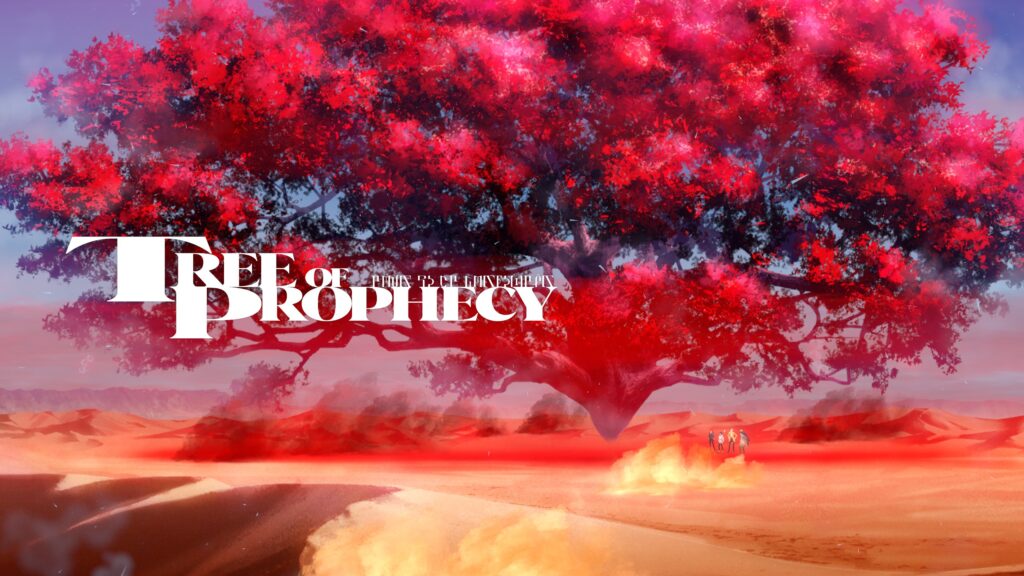
[Conclusion]
ATLUS has released multiple hard hitting games this year like Persona 3 Reload, Unicorn Overlord, and Shin Megami Tensei V Vengeance but this game is just levels beyond those. I’ll say it again, this is by far ATLUS’ magnum opus and I’m amazed with Studio Zero being that this is their first actual game project. First announced in 2016 as Project ReFantasy, the 8-year development paid off successfully. Persona 3, 4, and 5 together can suck it. In fact, I’ll even go on the record to say that this is a Game of the Year material. It will win that, for sure.
On a more personal note, success comes with some downsides; one of those are sequels. I don’t want this game to have any sequel as it’s already perfect as it is. If anything, ATLUS, please just make a new story much like what you do with Persona and Shin Megami Tensei, not a sequel-sequel. Perhaps a Metaphor: Cyberpunk or something like that…
[Extras]
| THE GOOD | THE BAD |
| Innovated from SMT and Persona 80 hours of Gameplay Top notch story pacing and execution Difficulty Scale is balanced A fantasy world with fantastic visuals | Some dungeons reused assets albeit with different layouts. Some of the CGI Cutscenes look worse compared to previous ATLUS titles. |
| SCORE | BREAKDOWN |
| 9.4 Marvelous | Story: 9.5 Graphical Delivery: 9.2 Music: 9.2 Gameplay: 9.7 Content Value: 9.5 |
A REVIEW COPY WAS PROVIDED BY SEGA
REVIEWED ON PC

